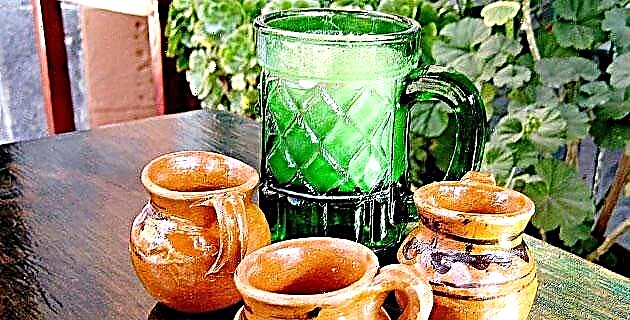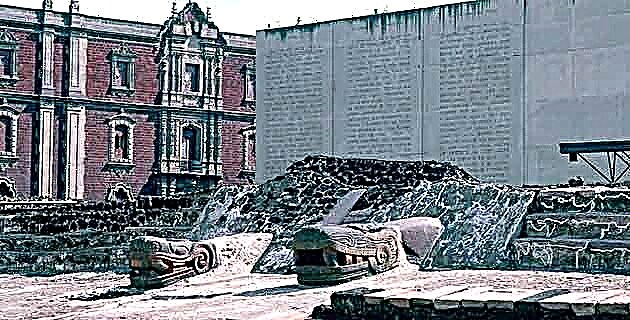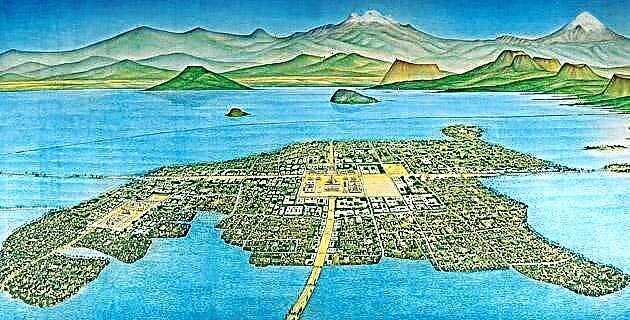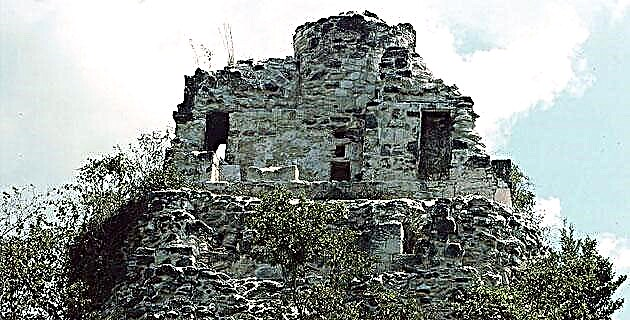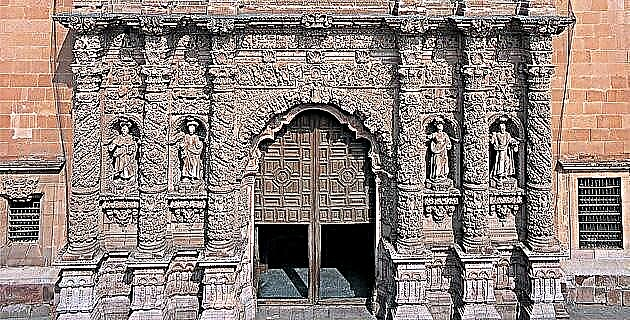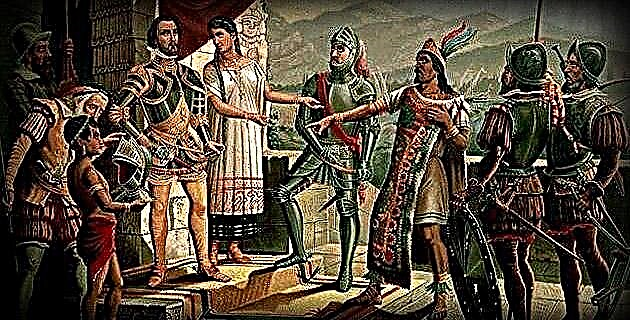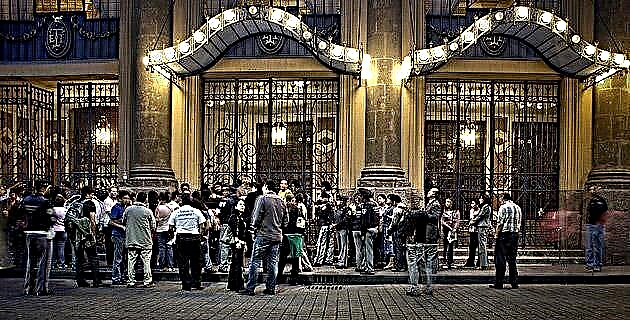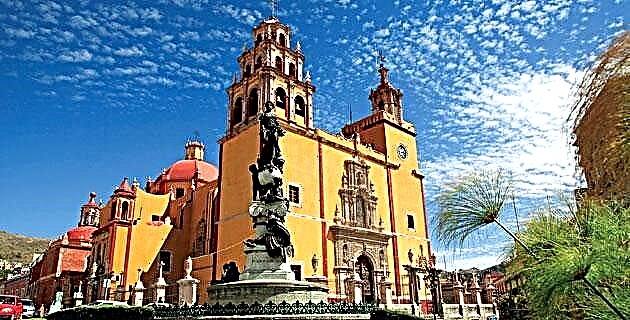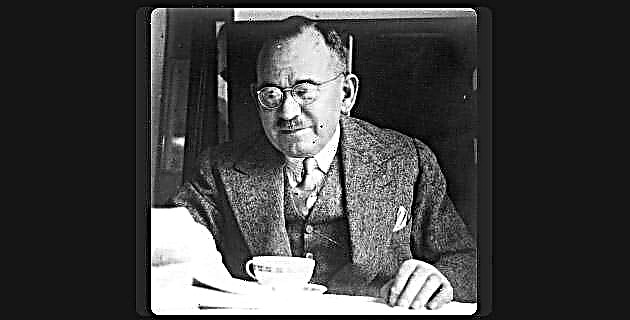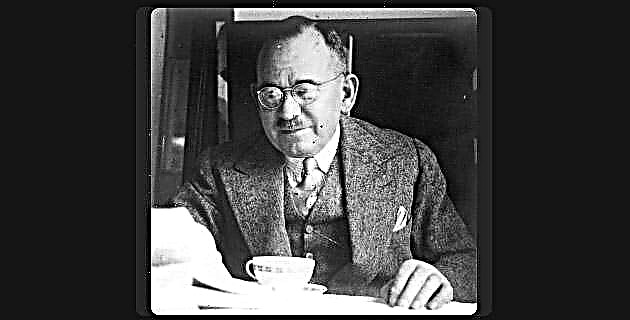
Kind man and methodical worker, before dying, this character decided to donate his entire collection of applied arts to a museum as a thank you to the people of Mexico who always welcomed him as one of their own. Know his biography!
His existence was a coming and going. An inveterate traveler who, after being surrounded by friends who visited him and ate at his house, spent the last days of his life very sad and almost alone, according to Rosa Castro, who as a cook worked with him until the day he died, June 25, 1975. The night before, Mayer's last wish was to have a natural corn gruel prepared for him, which he liked a lot like so many Mexican things; in the early morning he would go into a coma.
But who was Franz Mayer?
Born in 1882, he was originally from Manheim, Germany, from where he arrived in unstable Mexico in 1905. Although he did not have the best of welcomes, he would be left in love, the love of these lands and their people was to such a degree that despite to leave because of the risks that living in the country represented at that time, in 1913 he returned to stay permanently without caring that life was still a bit hectic and security uncertain.
A passionate about plants
Mayer deeply loved orchids, cacti and azaleas, of which he had a large collection. Gardener Felipe Juárez worked for him, who was in charge of keeping the house's garden well cared for and that his famous carnation was not lacking. Well, according to Felipe, every morning before he went to work Mayer personally selected him to wear it on the lapel of his suit. He liked that the plants were the best cared for, so several gardeners were hired to keep them in their maximum splendor.
A life in common
In 1920 the collector married the Mexican María Antonieta de la Machorra. They lived a few years traveling and enjoying the good life that Mayer and those around him always liked, until suddenly tragedy came and his wife died leaving Pancho alone, as his friends called him. This was his only marriage.
Don Pancho had a great sense of humor, as evidenced by so many photographs of his friends and his wife; He loved to portray himself in disguise, making jokes and very smiling. He was a maniac for beautiful objects and as "curiosity is the mother of knowledge"; He was brilliant, astute for business, and had in his hands a great fortune, which he invested in art, in the collection of objects that were beautiful to behold, but of great use. He focused on the so-called applied arts or decorative arts, which encompass the objects that man produces for everyday use with a functional purpose, although with a strong aesthetic intention.
A museum without museography
Mayer could spend hours admiring the most recent acquisition of his collection, his whole house was like a museum without museography, with a painting by José de Ribera on the wall, next to a cabinet, a kind of typical Spanish Renaissance chest of drawers, then pieces of silverware: the sacred lectern, the miter, the ciborium; paintings by Francisco de Zurbarán, Ignacio Zuloaga ,. Lorenzo Lotto, Bartholomeus Bruyn, the old man. Talavera poblana here and there, ceramics from Spain or China; more paintings, now by Juan Correa or Miguel Cabrera, without missing that beautiful one called El paseo de los melancólicos, by Diego Rivera. And so we could continue to discover the wonders that he had in his residence on Paseo de La Reforma, in Las Lomas, from where every day he preferred to walk to his work in the center to do some exercise - while his driver was accompanying him from the car-, since since he was young he loved sports.
After the image
Another of his passions was photography. He was a great admirer of Hugo Brehme and Weston, to such an extent that he collected the point of view of the photographers he admired. Many of the photos that exist taken by Mayer are similar to those taken by Hugo Brehme, for example.
We can also talk about the great collection of its library, in which the enormous collection of editions of Don Quixote stands out, around 739. Incunabula books such as Chronicle of Nuremberg; about the history of the world from its creation to the end of the 15th century, as well as thousands of auction catalogs abroad. Franz Mayer was a person who, if he bought a tapestry or a piece of furniture in New York - he had agents who bought works from him all the time in various parts of the world - he also bought books to learn more about them. Likewise, it acquired an infinity of pieces from antique dealers in Mexico City, Puebla and Guanajuato. Its collection of textiles is one of the most important in the country due to the variety and objects that make it up, around 260 pieces between the 15th and 20th centuries. As for the furniture, the 742 objects that came together with a great variety of origins are impressive.
A visionary
Franz Mayer managed to gather for posterity objects that could be lost, to which no one gave the importance they deserved and group them in a way that could be used for study, which is why it occupies a very important place in the reworking of Mexican art, however works from all over the world. For example, the sculpture collection shows a combination of the European with the New-Hispanic, with wonderful works such as the Santa Ana triplex and the imposing Santiago Matamoros.
It is worth mentioning that the German collector himself was the one who created the trust and a patronage so that the great collection that he was enriching during most of his life would not be lost. Even after his death, the "Franz Mayer" Museum was built, located where the Hospital de Nuestra Señora de los Desamparados used to be, a building that at some point was taken over by the Sisters of La Caridad and that in the second half of the 19th century the Emperor Maximilian to the medical attention of prostitutes, until in the 20th century it became the Hospital de La Mujer.
The current construction belongs mostly to the 18th century, with multiple adaptations and reconstructions carried out in later times. Now it houses one of the most important art collections in Mexico. After the institution was created, other pieces have been acquired that have enriched such a wonderful collection, but no longer in the style of how Franz Mayer, the collector, did.

